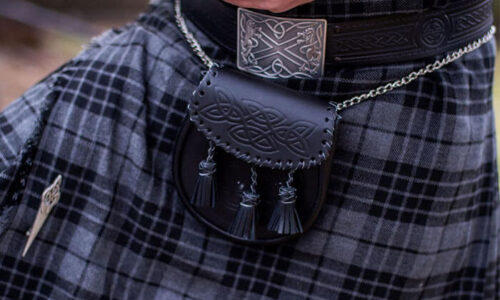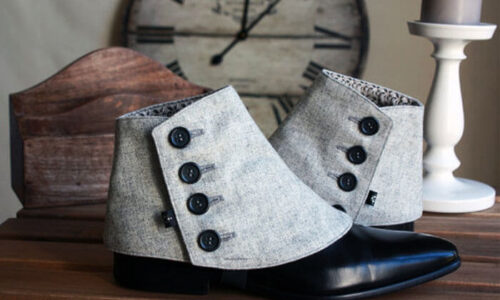If you want to make your own kilt, then this is the place for you. Although kilts can be made quickly, it takes some time and patience. These are the two most important things you need to make a kilt. Even if you don’t have any sewing experience, even if it was your first time sewing, you can still make your own kilt.
If you don’t want to spend a lot of money on kilts, you might consider our custom-made kilt selection. You will find a variety of kilts on our website. These include utility, camouflage, hybrid, Scottish, leather, and other categories.
If you prefer to make your kilt yourself, then read on. This blog post will cover all aspects of making a Kilt. It is very simple. Let’s get started.
Kilt Making Guide
| How To Make Kilt | A Beginners-Friendly Guide |
|---|---|
| Step 1 | Take Measurements |
| Step 2 | Calculate Fabric Requirements |
| Step 3 | Cut the Fabric |
| Step 4 | Prepare the Pleats |
| Step 5 | Sew the Pleats |
| Step 6 | Add Waistband and Closures |
| Step 7 | Hem the Kilt |
Checkout: Kilts Measuring Guide
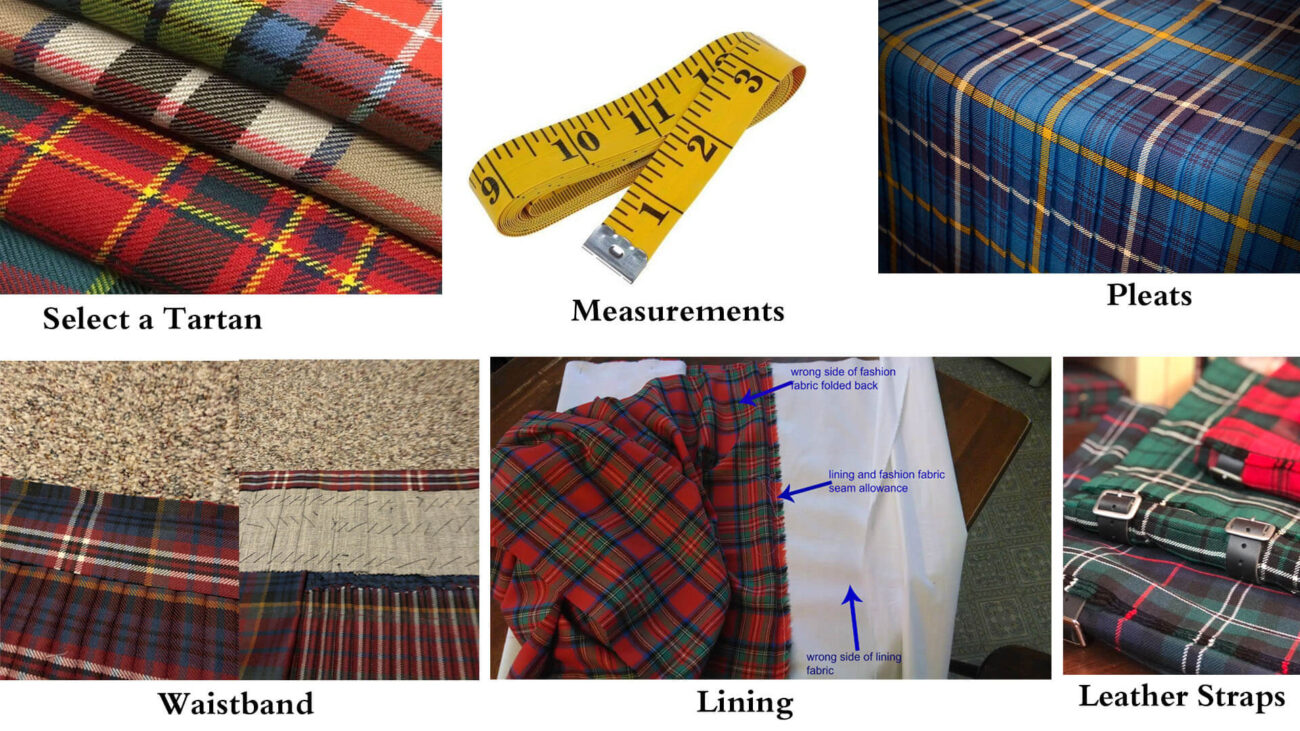
Select a Tartan
A tartan is an important component of a Tartan kilt. Let’s begin by choosing a tartan design for ourselves. If you’re of Scottish descent, you can choose your clan’s tartan. Many people of Scottish descent have a particular clan tartan. If you don’t know the clan of your Scottish ancestors, don’t worry. There’s a website that will tell you. Simply enter your surname to find out which tartan pattern corresponds to it.
If you don’t have a tartan to your name, you can choose a district tartan. A district tartan refers to tartan that is specific to one area of Scotland or another part of the world.
You don’t have to look far if you’re still having trouble finding a tartan. There’s always Universal Tartan. These tartans can be worn anywhere in the world. Hunting Stewart, Black Watch, and Dress Stewart Tartan are just a few of the most well-known universal tartans.
Measurements
Measurements are the second most important aspect of making the perfect kilt. The good news is that our website already has a comprehensive guide about measuring kilts that you can access right now! You should read that article, and then only return to it.
Pleats
Think of pleats as a deck of cards with a few pieces exposed. As you would notice, the majority of playing cards have the cards overlapped with only a small amount of each other. Pleats are the same. Each invisible card is 8 inches of double-pleated fabric. The width of the open area should be approximately 5/8 inch to 1 inch. Mark the width of one set and divide the pattern into equal pieces. You can divide a set of 8 inches into eight or more parts.
To stitch the pleats, you will need to use a blind stitch. Start at the hip. The edge should not be more than a half-inch from the thread. Begin by making 2 stitches at the base, and then go under 3 threads from the bottom. Once you’re done, place the kilt so that the top material is visible. You should use 3 threads to thread the thread through this material. This will produce approximately 10 stitches per inch.
After you’re done with the stitching, simply trim any excess material from your pleats. This will give your kilt a beautiful finish.
Waistband
To create a waistband to go with your kilt, cut approximately 5 inches of material. Make sure that your apron’s edge matches the length and width of the material. After you are done, attach the waistband to the apron of your kilt. You can fold excess waistband material over your kilt.
Lining
To make the lining for your kilt’s lining, take a piece of duck cloth and cut it into sections. For example, if it is a yard, you can simply cut it into 10 inches sections. Then wrap the first section around your waist. Attach the 2 additional pieces to each side. Simply pin them once they are down.
After aligning the top edges with your waistband, start stitching. The stitch should not be overlapped with the inside of the apron. Make sure you stitch the waistband underneath the lining.
Leather Straps
Attach the leather straps to the Utility kilt. Make a few holes at the end of the leather straps. The fringe should be a part of the straps. Place the straps just below the waistband. Next, attach the buckles to the pleats.
See here: Kilts for Men – Kilts For Every Budget – Great Selection & Prices
Final touches
There is an easy way to make your kilt pleats look solid and crisp. Start by taking a moist pressing cloth and pressing hard on your kilt’s pleats. Grab two irons. If you don’t own an additional one, you can use any heavy object. The hot iron should be placed next to the hot one. It does this by holding the steam in, cooling it, and creating crisp, solid pleats.
This was our article about How To Make Kilt at Home. If you enjoyed this article, please share it with others. Please don’t hesitate if you have any questions.
-
Product on sale
 Glen Affric Tartan KiltOriginal price was: $350.$330Current price is: $330.
Glen Affric Tartan KiltOriginal price was: $350.$330Current price is: $330. -
Product on sale
 Premium khaki Wool kiltOriginal price was: $160.$120Current price is: $120.
Premium khaki Wool kiltOriginal price was: $160.$120Current price is: $120. -
Product on sale
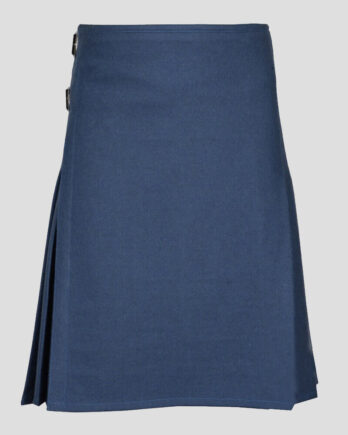 Premium Blue Wool kiltOriginal price was: $160.$120Current price is: $120.
Premium Blue Wool kiltOriginal price was: $160.$120Current price is: $120. -
Product on sale
 Gray Wool KiltOriginal price was: $160.$120Current price is: $120.
Gray Wool KiltOriginal price was: $160.$120Current price is: $120. -
Product on sale
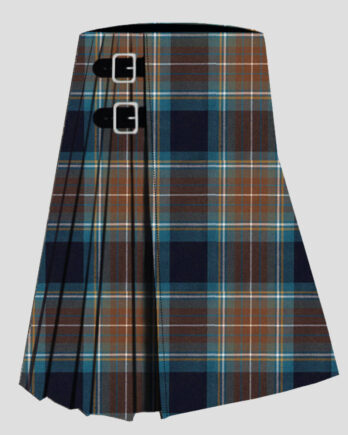 Holyrood Modern Tartan KiltOriginal price was: $350.$330Current price is: $330.
Holyrood Modern Tartan KiltOriginal price was: $350.$330Current price is: $330. -
Product on sale
 Eternity Tartan KiltOriginal price was: $350.$330Current price is: $330.
Eternity Tartan KiltOriginal price was: $350.$330Current price is: $330. -
Product on sale
 Spirit of Bannockburn Tartan kiltOriginal price was: $350.$330Current price is: $330.
Spirit of Bannockburn Tartan kiltOriginal price was: $350.$330Current price is: $330. -
Product on sale
 Paisley Tartan kiltOriginal price was: $350.$330Current price is: $330.
Paisley Tartan kiltOriginal price was: $350.$330Current price is: $330. -
Product on sale
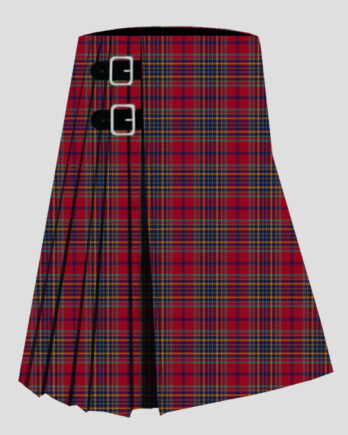 Paisley Buddies Tartan KiltOriginal price was: $350.$330Current price is: $330.
Paisley Buddies Tartan KiltOriginal price was: $350.$330Current price is: $330. -
Product on sale
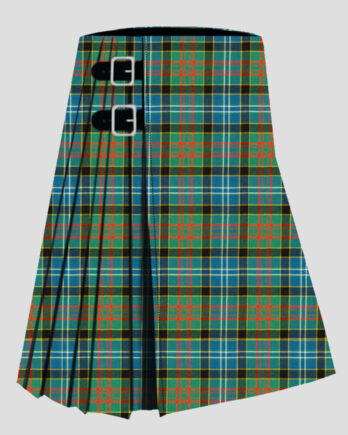 Paisley Ancient Tartan KiltOriginal price was: $350.$330Current price is: $330.
Paisley Ancient Tartan KiltOriginal price was: $350.$330Current price is: $330. -
Product on sale
 Oliver Modern Lightweight Tartan kiltOriginal price was: $350.$330Current price is: $330.
Oliver Modern Lightweight Tartan kiltOriginal price was: $350.$330Current price is: $330. -
Product on sale
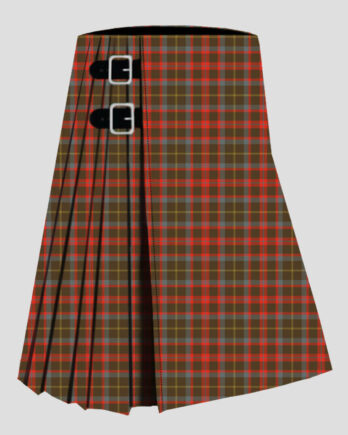 MacIntosh Hunting Weathered Tartan kiltOriginal price was: $350.$330Current price is: $330.
MacIntosh Hunting Weathered Tartan kiltOriginal price was: $350.$330Current price is: $330. -
Product on sale
 Highlander Braveheart Tartan KiltOriginal price was: $350.$330Current price is: $330.
Highlander Braveheart Tartan KiltOriginal price was: $350.$330Current price is: $330. -
Product on sale
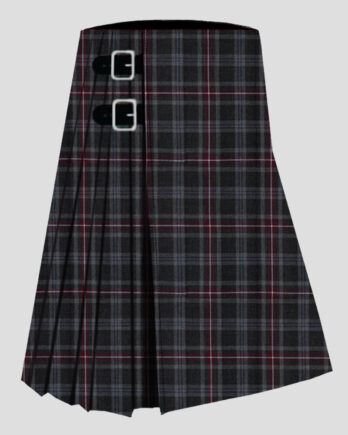 Hebridean Heather Tartan kiltOriginal price was: $350.$330Current price is: $330.
Hebridean Heather Tartan kiltOriginal price was: $350.$330Current price is: $330. -
Product on sale
 Ghana Tartan KiltOriginal price was: $350.$330Current price is: $330.
Ghana Tartan KiltOriginal price was: $350.$330Current price is: $330. -
Product on sale
 Earl of St Andrews ModernTartan kiltOriginal price was: $350.$330Current price is: $330.
Earl of St Andrews ModernTartan kiltOriginal price was: $350.$330Current price is: $330. -
Product on sale
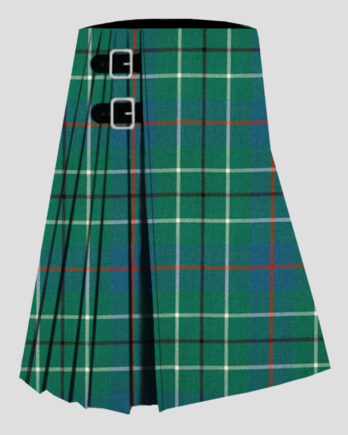 Duncan Ancient Tartan KiltOriginal price was: $350.$330Current price is: $330.
Duncan Ancient Tartan KiltOriginal price was: $350.$330Current price is: $330. -
Product on sale
 De Maynard Tartan KiltOriginal price was: $350.$330Current price is: $330.
De Maynard Tartan KiltOriginal price was: $350.$330Current price is: $330.
FAQs:
What materials do I need to make a kilt?
To make a kilt, you will need around 6-8 yards of tartan fabric, kilt buckles, a sporran, a kilt pin, and some basic sewing supplies such as a sewing machine, scissors, and thread.
Can I make a kilt without a sewing machine?
While a sewing machine will make the process faster and more efficient, it is possible to make a kilt without one. Hand-sewing can be used as a substitute, but it will take longer and require more effort and skill.
How do I measure myself for a kilt?
To measure yourself for a kilt, you will need to measure your waist, hips, and kilt length. To measure your waist, wrap a tape measure around your waist where you would like the kilt to sit. For the hips, measure around the widest part of your hips. Finally, measure the desired length from your waist to your knee or mid-calf, depending on the type of kilt you want to make.
Can I make a kilt if I have no prior sewing experience?
Yes, you can make a kilt even if you have no prior sewing experience. However, you will need to take your time and follow the instructions carefully. It is recommended that you practice on scrap fabric before working on your final project.
How long does it take to make a kilt?
The time it takes to make a kilt will depend on your skill level, experience, and the complexity of the design. A simple kilt can take around 10-15 hours to complete, while a more complex design may take 20-30 hours or more. It is important to take your time and not rush the process to ensure that you end up with a high-quality kilt.


